Homesteading is a beautiful way to live more simply, grow your own food, and feel more connected to your daily life.
If you’re living with a disability, you might wonder how to make that lifestyle work for you. The truth is, many people with different abilities are already doing it—each in their own way.
This guide is here to show that homesteading with a disability isn’t just possible—it can be deeply fulfilling and completely doable with the right approach.
You’ll find tips on getting started with what you have, working with your body’s needs, planning around your energy, and building a homestead that fits your life—not the other way around.
We’ll talk about land, money, adapting tasks, learning skills, asking for help, and more.
Personal Stories of Real People Homesteading With Disabilities
Before we get into how to start homesteading with a disability, I want to share a few real stories of people who are already making it work.
Their experiences can inspire you and show that with a little creativity and patience, homesteading is possible for everyone.
All external stories are shared respectfully for educational and inspirational purposes. Full credit and links are provided to original sources.
If you’re living with a disability and thinking about homesteading, it might feel like no one out there understands what that really means for you.
But there are others walking a similar path—people who’ve found their own way to grow food, raise animals, and live more independently, even with big challenges.
Their stories don’t just inspire—they show what’s truly possible.
Allysia (Ally) Schere’s journey shows that it’s possible
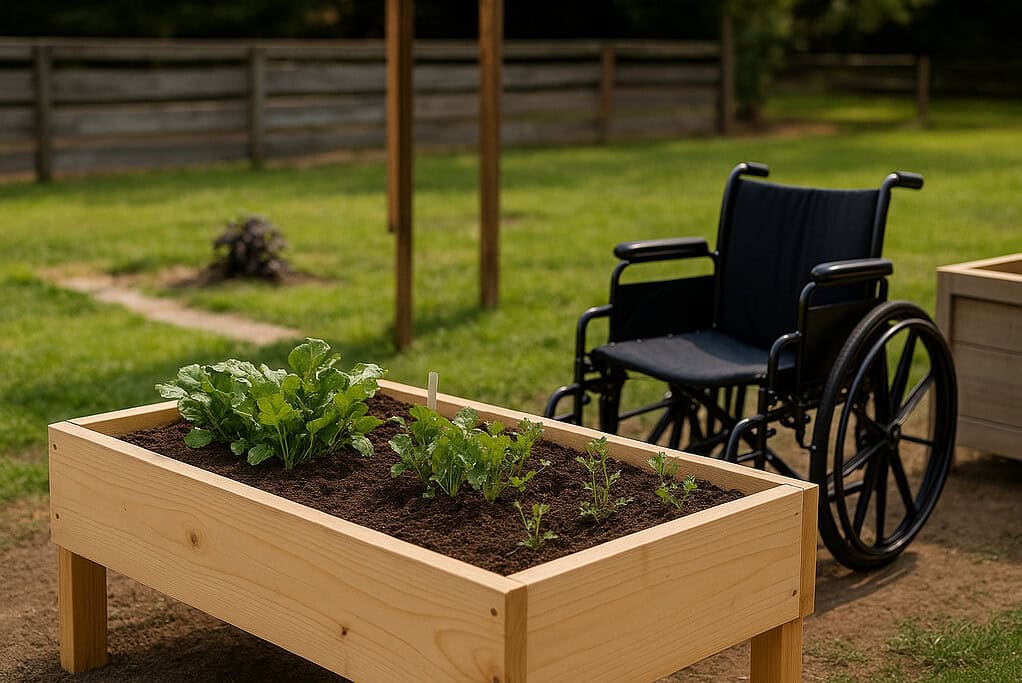
Ally is one of those voices that sticks with you. She reminds us that millions of people live with disabilities, yet you don’t often see disabled homesteaders being represented.
But she’s changing that (one day at a time) by tending her small homestead with the help of her mobility aid and her caregiver.
Gardening has become something much more for her. It’s not just about food. It’s about healing. Some days are slower. Some are messier than others.
But for Ally, even getting outside is progress. She puts it best when she says, “Every step outside is a step toward healing.”
She wants others to know: you’re not alone in this. Homesteading doesn’t have to look a certain way to count. You can take it at your own pace, adapt where needed, and still build something that matters.
Mike Duxbury’s farm helps others find their way too
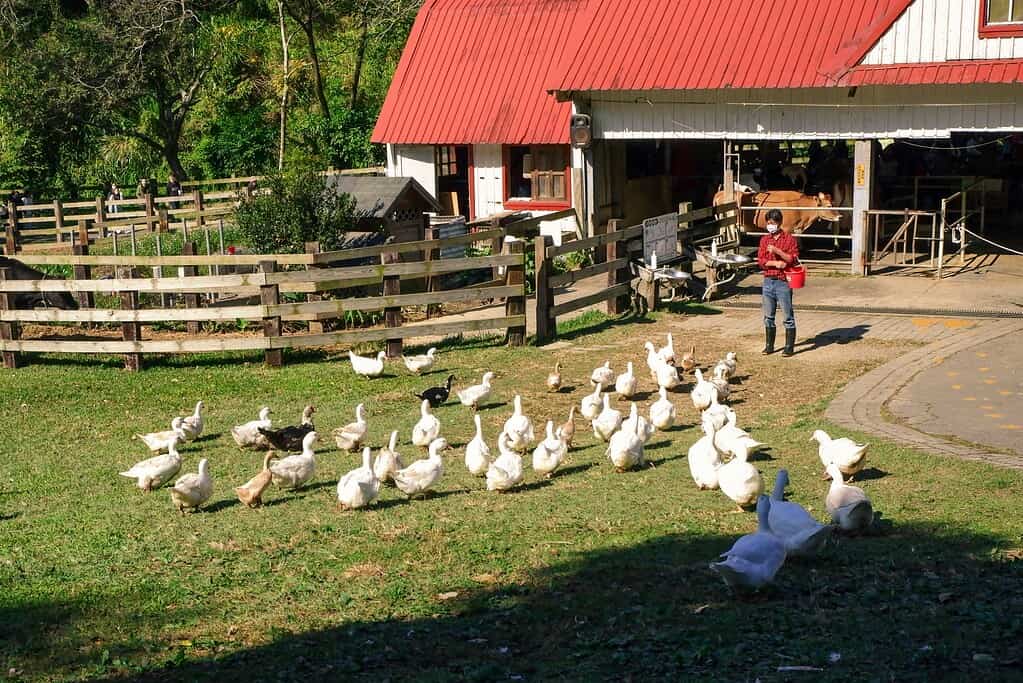
Mike lost his sight when he was just six years old, but that never changed what he wanted in life. He always dreamed of being a farmer – and he never let go of that dream.
Now, years later, he’s doing exactly what he set out to do. Mike runs Inclusive Farm in the UK with his partner Ness.
It’s a real, working farm with pigs, goats, sheep, and chickens.
But it’s also something more. They’ve created a space where people with disabilities can learn real farming skills and earn animal care qualifications.
Mike says it simply: “It’s all I ever wanted to do. Now I can help others do it.” His story is proof that farming (even with total vision loss) isn’t off limits.
He’s using his experience to help others open doors that many thought were closed.
Junas Mendegorin: Growing with hydroponics after a life-changing injury
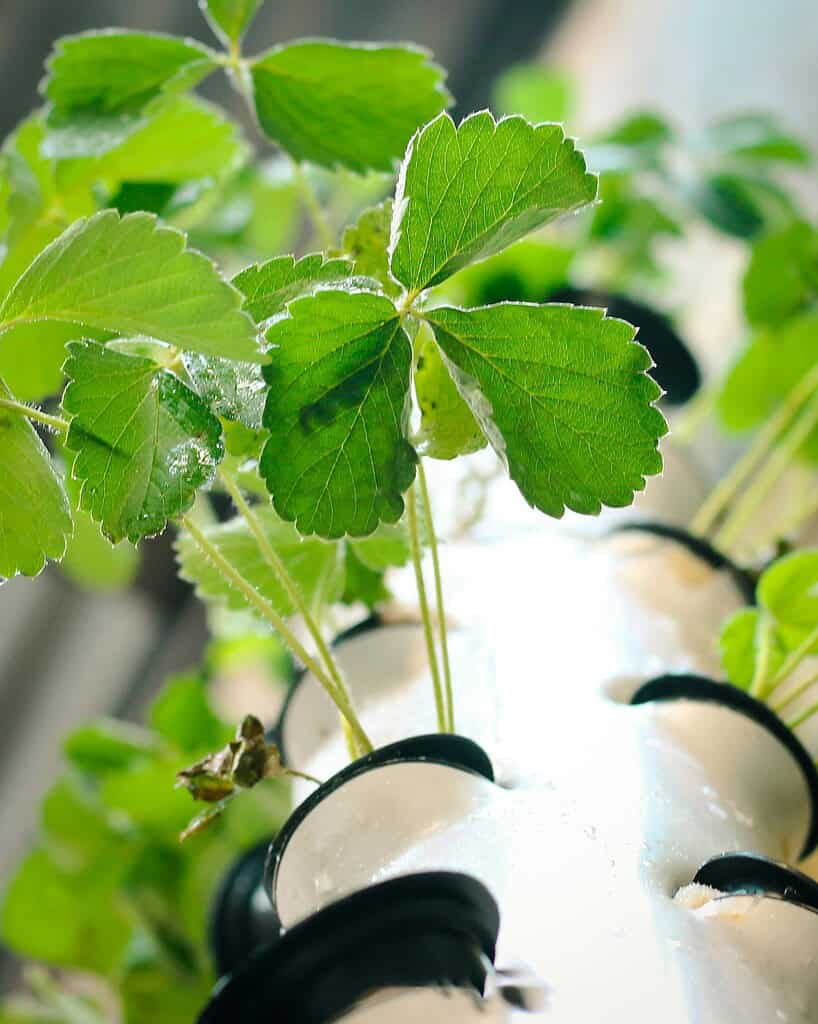
After an accident in 2007 left Junas paraplegic, he had to completely rethink how he could live—and work—with limited mobility. But instead of giving up, he found a new way forward through hydroponics.
From his backyard in Zambales, Philippines, Junas now grows crops without soil, using a clean, water-based system that’s easier on his body.
His setup at J&J Hydroponics Backyard Gardening is small but powerful. He grows high-value crops like lettuce, and he does it all while seated, with everything arranged at a height that works for him.
Junas didn’t let physical limitations stop him. He simply built a system that fit his needs.
His story shows how creativity, patience, and the right tools can open up a new kind of farming—one that’s possible even if you can’t stand or walk.
These stories are a reminder: your way is the right way
Whether it’s Ally in her garden, Mike on his farm, or Junas growing lettuce in his backyard—each of them found a way to make homesteading fit their life, not the other way around.
They didn’t follow a script. They made their own.
If you’re disabled and thinking about homesteading, their stories are here to remind you that there’s no one way to do this. What matters is finding your way—the version that works for your body, your space, and your goals.
I hope these stories helped you feel a little more hopeful and inspired.
Now, let’s talk about how you can start your own homesteading journey – one small step at a time, in a way that works for you.
Starting Homesteading With a Disability (Your Mindset Matters)
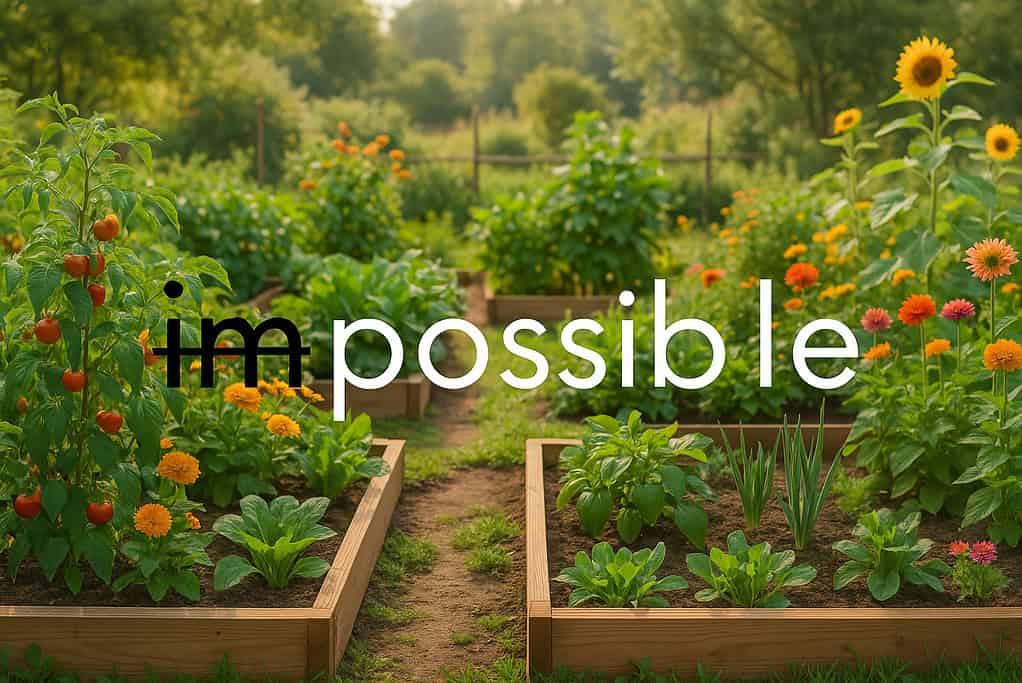
Homesteading with a disability starts in your mind before it ever starts in your garden.
You may have more limits to work around, but that doesn’t mean it’s not possible. What matters most is how you approach it.
Use what you have and begin where you are
Starting a homestead while living with a disability often means doing things differently than others. You may not have a large property, strong mobility, or a lot of money—but you can still begin.
The key is not to wait for perfect conditions. Even if all you have is a few containers on a porch, those first steps matter.
You’re building something that fits your life, not someone else’s idea of what a homestead should be.
Work with your strengths, not your limits
Living with a disability often means adjusting how and when you do things. But that doesn’t mean you’re not capable.
In fact, finding ways to work within your ability—rather than against it—is what makes homesteading more sustainable in the long run.
Whether you’re good at planning, organizing, planting, or problem-solving, these are the things to lean into. You don’t need to do everything; you just need to do what you can.
Adaptation is part of the daily routine
When you’re homesteading with a disability, every day may bring something new. You’ll probably face tasks that take longer, tools that don’t fit quite right, or moments when you need to stop and rest.
That’s normal. Instead of getting frustrated, focus on finding your own way of getting things done. It might be slower, or it might look different—but if it works for you, that’s what matters.
Progress isn’t perfect, it’s personal
Some days you’ll need to change your plans, and other days you might have to leave things unfinished. That doesn’t mean you’re failing.
It means you’re listening to your body and honoring your pace. You don’t have to meet anyone’s standard but your own.
Over time, your homestead will take shape in a way that reflects your needs, your creativity, and your effort.
Managing Money When You're Starting a Homestead
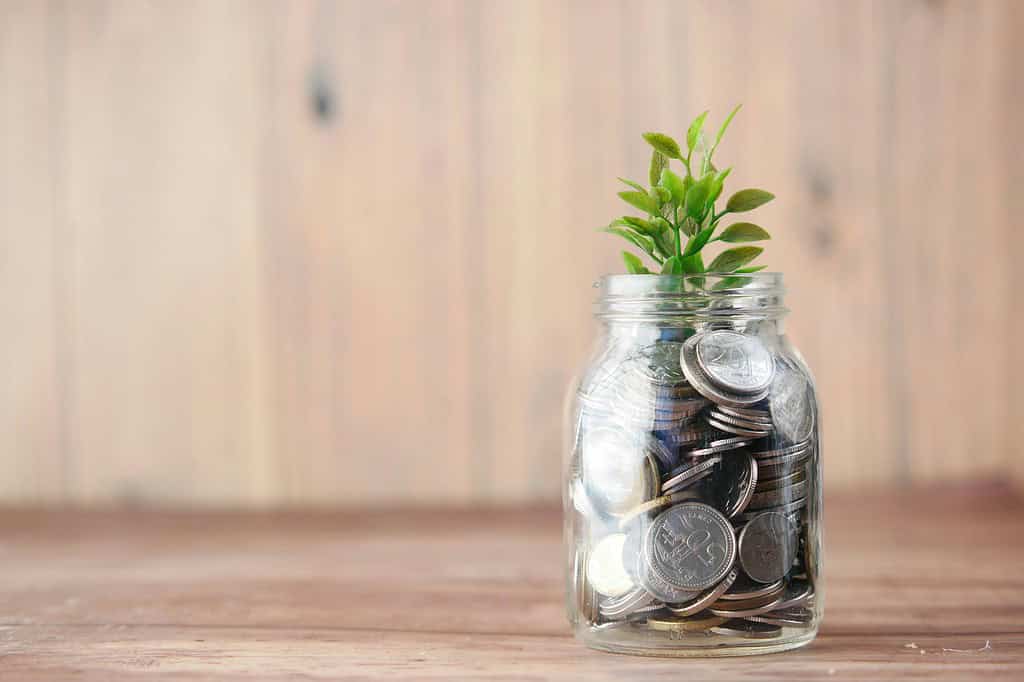
Money is one of the biggest challenges for most people starting a homestead, and it can be even harder if you’re living with a disability. But careful planning and creative choices can make a big difference.
Plan around your disability income and real-life needs
If you’re living on a fixed income or disability benefits, starting a homestead can seem out of reach. But many people in your shoes are doing it—by taking it slow and making a smart plan.
It starts with using what income you already have to cover your basic needs, then saving anything extra for future goals. Your budget might be tight, but progress is still possible when you’re focused and patient.
Consider a co-signer if you're applying for financing
If you’re planning to apply for a loan and the bank is unsure about your income, having a partner or trusted person co-sign might help.
This won’t work for everyone, but for some, it’s a way to move forward with buying property or funding key parts of the homestead.
Write a plan, even if you're not running a business
Even if your homestead is mainly for personal use, it helps to write out a simple business plan.
Some grants or programs require one, and it shows that you’ve thought through what you’re doing and where your money will go.
Just keep in mind that getting funding isn’t always easy—especially when banks or grant offices don’t understand your lifestyle or income situation.
Grow your homestead at your own pace
You don’t need to build everything at once. Start small. Save up. Add things slowly. When you’re managing money with a disability, it’s okay if progress is slower than others.
The goal is to build a homestead that works for you—not one that checks all the boxes on someone else’s list.
Learning Homesteading Skills Within Your Limits
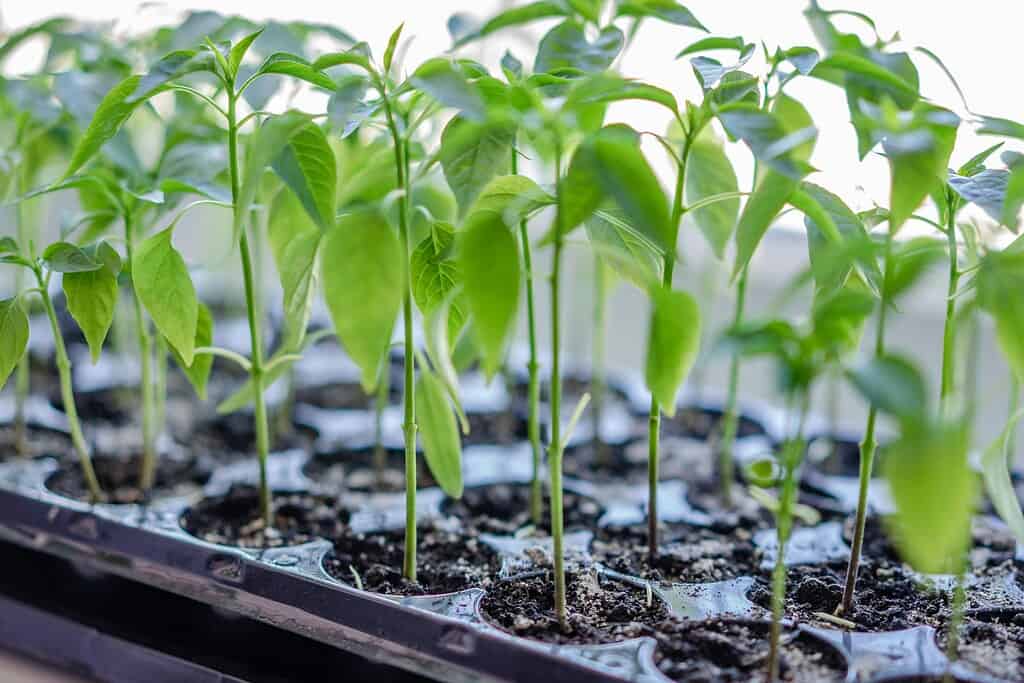
Homesteading is a long-term process, and there's a lot to learn along the way.
When you're living with a disability, it's important to start with things that are safe, manageable, and adaptable to your body. You don’t have to do everything at once—and you don’t need a piece of land to begin learning.
Start learning now, even without land
If you don’t own property yet, there are still many ways to build your skills. You can grow vegetables in containers, start seeds indoors, or try raised bed gardening in your yard or a shared space.
These small projects teach you how to care for plants, manage soil, and understand growing cycles. They also help you learn what your body can handle, which tools work best for you, and how to pace your work.
Try tasks that match your abilities
Some homesteading tasks may be too difficult physically, but others can be adjusted. Driving a truck or using a small tractor with controls that suit your needs might be doable.
Feeding animals, watering plants, or managing compost bins are also tasks that can be done at your own pace. Start with the things that make sense for you, and grow from there.
Practice working with your energy
Homesteading can wear you out fast if you don’t pay attention to how your body reacts. Instead of pushing through to get a task done, try working in short sessions with breaks in between.
Use a timer if it helps. You might decide to work for 20 minutes and then rest, instead of trying to finish the whole job in one go. This approach helps prevent burnout and injury, especially on tough days.
Adapt your methods when needed
Sometimes, the usual way of doing something won’t work for you—and that’s okay. You can find different tools, change how you move, or ask for help when needed.
What matters is getting it done in a way that works for you. As you keep practicing, you’ll figure out better ways to do things that fit your limits and play to your strengths.
Homesteading Projects That Work Well With Disabilities
You don’t have to take on a full farm to homestead.
In fact, the best projects to start with are usually the ones that are small, flexible, and easier to manage with limited strength or mobility. You can still grow food, raise animals, and build skills—just in a way that works with your body.
Gardening is a good place to begin
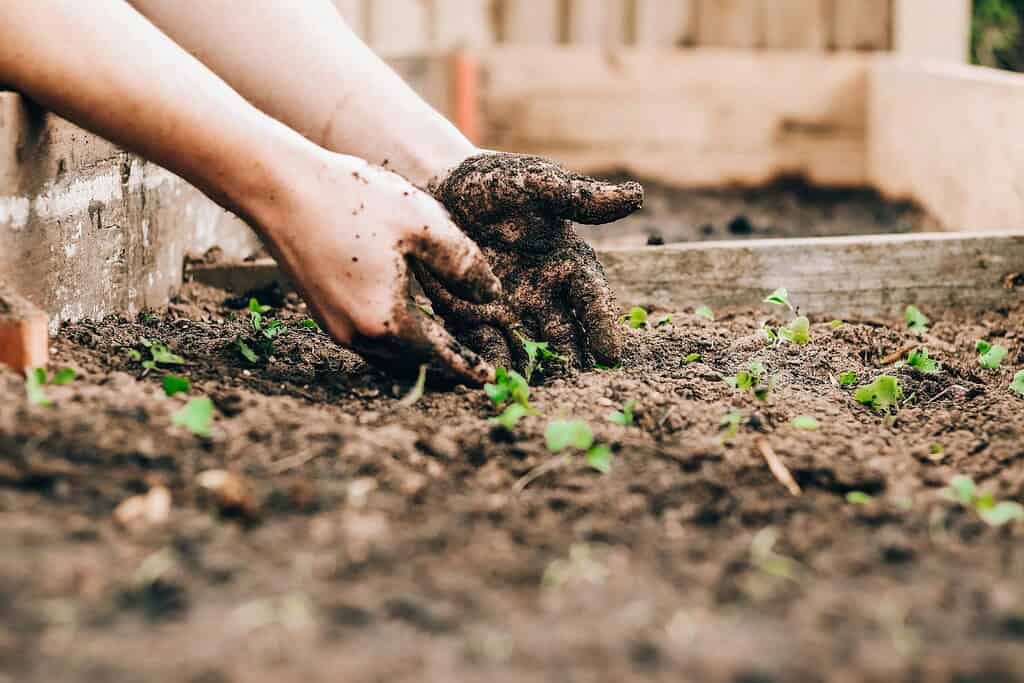
Growing vegetables is a great way to start homesteading. It can be done on a small scale and adapted to your space and abilities.
You can use raised beds, containers, or even grow bags to make it easier on your back and joints. You get to grow real food, learn how the seasons work, and stay active without putting too much stress on your body.
Chickens are a manageable first animal
If you want to try raising animals, chickens are one of the best choices for people with disabilities. They’re small, lightweight, and easy to handle.
You don’t need a big structure to house them, and their care routine is simple once it's set up. They also provide eggs and can help with garden waste.
Just make sure you build a coop that’s easy to reach and clean, especially if bending or lifting is difficult for you.
Start small and grow slowly
You don’t need a barn, a pasture, or a big setup to get started. A few raised beds, a small flock of chickens, or a collection of herbs on your porch can be the beginning of something much bigger over time.
The most important thing is that you start in a way that works for your health, space, and energy. Small wins build confidence, and every project teaches you something new.
Choosing a Homestead Property That Matches Your Health Needs
Finding the right place to homestead is important for anyone—but if you live with a disability, your health needs have to be part of the decision.
Things like access to medical care, how easy the land is to manage, and where you're located can make a big difference in how successful and comfortable your homestead will be.
Think about how close you need to be to medical care

If you have regular appointments, treatments, or need access to urgent care, living far from a hospital or clinic can cause problems.
Some rural areas may have limited health services, and getting to town could take a long time. That might also mean finding someone to take care of your animals or garden while you're away.
Before choosing a property, think about how far you're willing—or able—to travel for care.
A smaller property might actually be better

You don’t need a huge piece of land to homestead. A half-acre or even a large backyard can still give you space for a garden, some chickens, and maybe even a few fruit trees.
The less land you have to maintain, the more energy you’ll have for the parts that matter to you. A smaller space can also be easier to adapt with paths, raised beds, and other features that work with your mobility needs.
Urban or suburban homesteading is a real option
If rural life doesn’t work for your health or daily routine, you can still homestead in the suburbs or even in town. Many cities allow small gardens, container setups, and even backyard chickens.
You’ll be closer to stores, clinics, and support services, but still able to grow food and live more sustainably. It may look different than a traditional homestead, but it’s just as valid.
Look for land that makes daily tasks easier
When you’re checking out a property, try to picture how it will work with your body and routine.
Is the land flat, or will you have to climb hills? Is there easy access to water? Can you reach the garden from your front door without too much walking?
These details matter more than how big the property is. A place that’s simple to move around can make your daily work much more manageable.
Getting the Help You Need
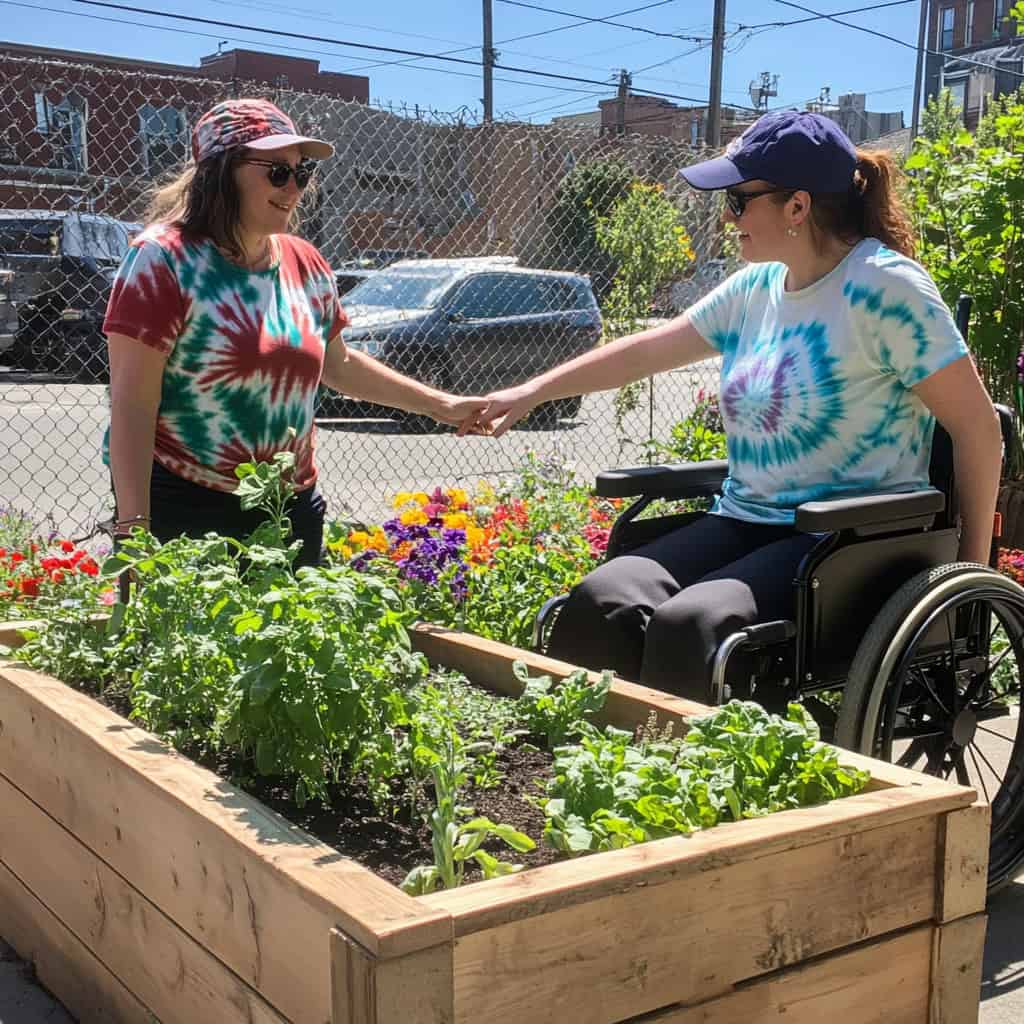
Homesteading often draws people who like to work on their own. But when you live with a disability, learning to ask for help can be one of the most useful things you do.
Needing help doesn’t make you less independent—it just means you’re being realistic and smart about what you can manage.
It’s okay to ask for help when you need it
You don’t have to do everything by yourself. Some jobs are just too hard or unsafe to take on alone. That could mean lifting heavy things, building fences, or cleaning animal pens.
Reaching out for help (whether from family, friends, or neighbors) can make sure those tasks get done without putting your health at risk.
You’re still the one running your homestead – you’re just sharing the workload.
Lean on support from family or a partner
If you live with a spouse, relative, or close friend, they might be able to help with some of the physical labor.
Talk openly about what you can and can’t do, and make a plan that works for both of you. Sharing responsibilities helps prevent burnout and keeps the homestead running smoothly, even on tough days.
Look for help from local youth programs
Some high schools have students in FFA or 4H programs who are looking for hands-on projects.
They may be willing to help out with chores, animal care, or small building projects in exchange for community service hours or extra credit.
You might even find someone who enjoys the work and wants to help regularly.
Barter with neighbors or other homesteaders
You don’t always need to pay for help. Many homesteaders are open to bartering—trading fresh eggs, produce, baked goods, or other items in exchange for labor.
This can be a great way to get occasional help with big tasks while also building relationships in your local community. It turns your homestead into part of a support system, not just a piece of land.
There’s no “right” way to homestead – just the way that works for you.
Homesteading with a disability may not look like the usual version you see online or in books—and that’s perfectly fine. What matters most is that it works for you.
Whether you’re starting in a backyard, using raised beds, growing food indoors, or raising chickens on a small plot, your approach is just as valid as anyone else’s.
You don’t have to do it all at once. Start with what you can manage. Learn as you go. Find tools and methods that match your ability. Ask for help when you need it. There’s no rush and no rulebook.
The truth is, your homestead can grow just like you do—over time, in ways that fit your needs, your body, and your life. And whether you’re just starting to dream about it or already getting your hands dirty, you’re not alone in this.
There are others out there doing the same thing—and proving every day that homesteading with a disability is not only possible, it’s powerful.
Frequently Asked Questions (FAQs)
Got questions? You’re not the only one. Here are some common concerns people have when starting a homesteading journey with a disability – plus a few ideas to help you move forward.
What are the best homesteading tasks if I have limited mobility?
Start with tasks that can be done while seated or with minimal bending, like container gardening, seed starting, feeding chickens, or working with hydroponics. Raised beds and vertical planters can also make things easier on your body.
Can I homestead in the city or suburbs if I need to stay near medical care?
Yes. Many people with disabilities choose urban or suburban homesteading because it keeps them close to doctors and services. Even in small spaces, you can still grow food, raise chickens (if allowed), and live more self-sufficiently.
How can I afford to homestead on a fixed disability income?
Start small and budget carefully. Some people take on short-term jobs to build savings or get loan approval. You can also look into bartering, DIY projects, and using free or secondhand materials. Growth doesn’t have to be fast to be meaningful.
What if I can’t physically do certain jobs on the homestead?
You don’t have to do everything alone. Ask for help from family, neighbors, or local youth programs like FFA or 4H. Bartering is also a great way to exchange what you can do—like baking or garden produce—for help with physical labor.
Will homesteading affect my disability benefits?
It might, depending on where you live and how much income you make from selling produce, eggs, or other items. It's a good idea to check with a benefits advisor before starting anything you plan to earn money from, just to be safe.
Ready To Transform Your Garden?
Are you looking for the best way to layout your garden beds? Maybe you're feeling a bit stuck on how to make the most of your space?
We’ve got you covered! Check out our 101+ Garden Bed Layout Ideas for your next raised bed project. This guide is filled with creative and practical ideas that can help you design a garden that fits your style, whether you’re just starting out or have been gardening for years.
Get your copy today and get inspired to bring your gardening dreams to life.

